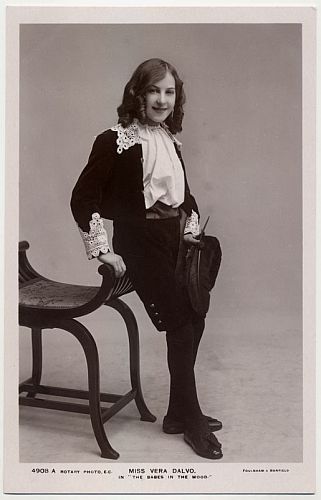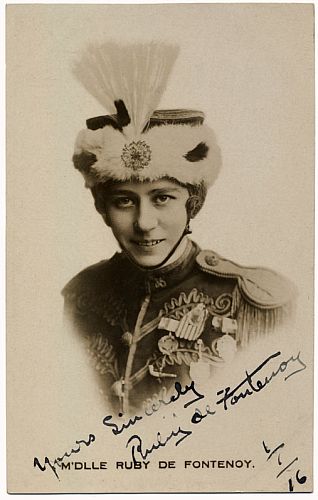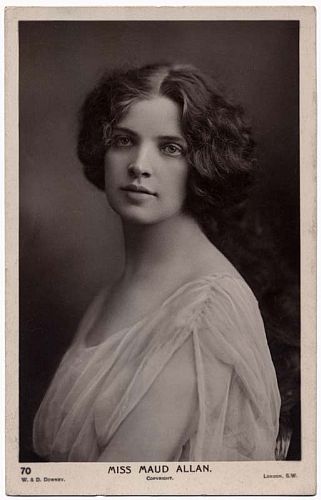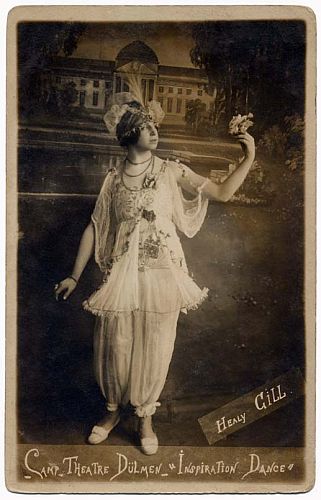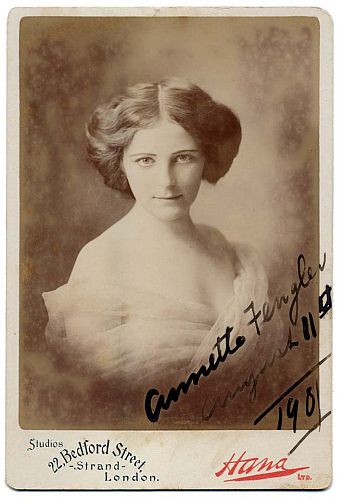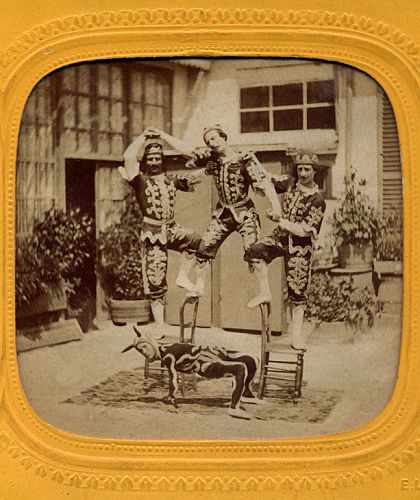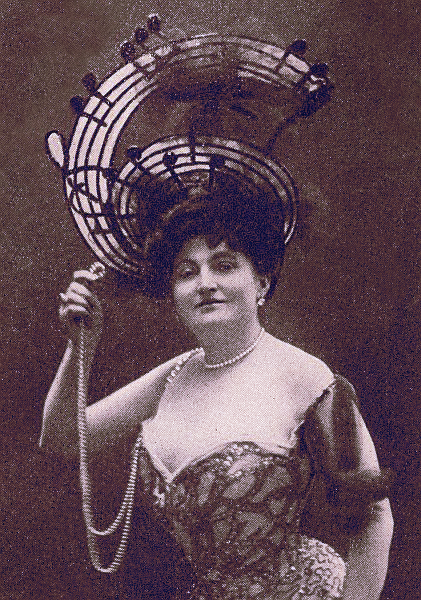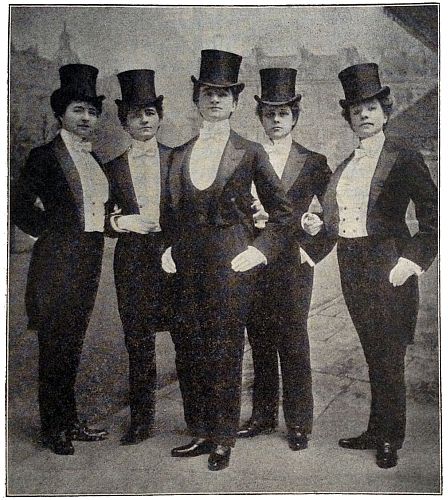
Flora MacDonald (active 1864-1871), British music hall serio-comic vocalist and dancer, variously billed as a ‘Scotch and Irish Serio-Comic and Dancer,’ ‘Character Vocalist’ and ‘Scottish cantatrice and danseuse’
(carte de visite photo: Henry Burrows, 21 Islington and 59 Moorfields, Liverpool, probably mid 1860s)
‘IMPERIAL COLOSSEUM, BELFAST.
‘MISS FLORA MACDONALD (Serio-Comic Vocalist and Dancer), now fulfilling a highly successful Engagement at the above Music Hall, will be at liberty on the 19th December, 1864. fifth call nightly. Address as above.’
(The Era, London, Sunday, 11 December 1864, p. 1c)
‘FRIGHTFUL ACCIDENT TO A GYNMNAST
‘FALL FROM THE “TRAPEZE.”
‘On Thursday evening [27 February 1868], an accident of an alarming nature happened in the Dundee Music and Opera House, by which a gymnast, one of the Brothers Beleena – narrowly escaped with his life, and the audience were thrown into a state of great excitement. Previous to the Brothers Beleena appearing on the stage, Miss Flora Macdonald, a serio-comic vocalist and dancer, had been performing, and she was received with great favour, and rapturously encored three times. After her third appearance, the audience, in spite of the conductor’s bell only ringing once, signifying that some other performers would appear, made a most determined attempt to get her again on the stage, and a slight misunderstanding seems to have existed between the Brothers Beleena and Miss Macdonald, as all the three came on at the same time. The Brothers Beleena, however, remained; and some of the audience, evidently displeased at Miss Macdonald not reappearing, began hissing. It is supposed that this had had the effect of throwing the former into a state of agitation. Whether this was the case or not, the Brothers Beleena ascended with great agility the rope to the double trapeze, which was suspended from the roof of the hall, right above the orchestra, at a height of about twenty-four or twenty-five feet from the floor. They went through some very clever and daring gymnastic performances, which many of the audience, especially females, could not behold except with fear, but for which they received, from the greater bulk of the audience, the warmest approbation. The elder and stronger of the two hung from the trapeze by the legs, while he caught the younger by one of the hands as he was falling past him, and swung him in the air. This and other equally daring feats, as we have already stated, were accomplished in safety. The next exhibition of their agility was intended to be of a similar kind. The elder of the two swung from the trapeze by the legs, and while in this state it was evidently his intention to catch the younger by the left ankle. By some miscalculation, however, the leg of the younger brother came some few inches short of the reach of the elder, and he fell head foremost into the orchestra. The sensation created amongst the audience on witnessing such a spectacle can be better imagined than described. Screams and sobs escaped from men and women, and a number of those in the front seats rushed in a state of excitement to see whether the unfortunate performer had been killed by his fearful fall. The other performers also hurried to ascertain what was the matter. The unfortunate man, when picked up from amongst the feet of the band, lay in the arms of his supporters in a state of unconsciousness, with the blood flowing from a wound on the skull. He alighted with his head on the sharp edge of the footstool used by Mr. Butler, the leader of the orchestra, with such force that he broke it, after having struck in his descent the neck of that gentleman’s violin. The unfortunate gymnast was carried into an ante-room, and messengers were instantly despatched for medical aid. Dr. Duncan arrived in a cab in the course of ten minutes after the accident occurred, and found him sitting in a chair quite conscious, but complaining of pain in his head, ribs, and back. On examination, it was found that he had sustained a large scalp wound of semi-circular shape, and about three or four inches in length, on the crown of the head, and some slight bruises on the forehead; but, so far as could be seen, he did not appear to have received any very serious injury. The wound was sewed up, and the sufferer was removed in a cab to his lodgings in the Nethergate. Falling a distance of upwards of twenty feet, and alighting on the crown of his head, it is a wonder he was not killed on the spot. It is supposed that he must have saved himself by his hands from receiving the full force of the fall.’
(The Sheffield and Rotherham Independent, Sheffield, Monday, 2 March 1868, p. 4a)
